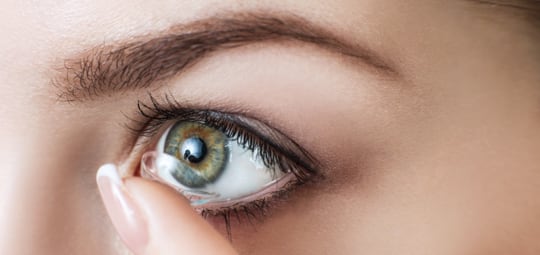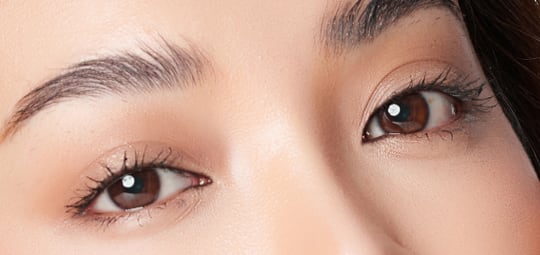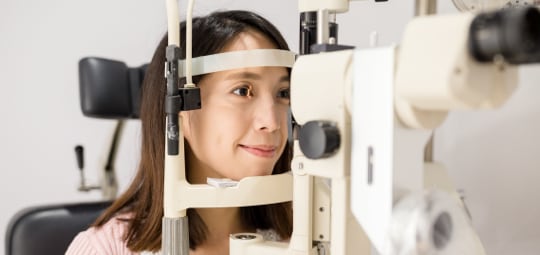Why is my eye twitching and how do I make it stop?!
If I had a dollar for every time I was asked this question….
Eyelid twitching is a very common issue that many of our patients ask us about. It usually happens on the lower eyelid of one eye but occasionally the upper eyelid can be affected as well. Twitching often comes and goes, and unfortunately can last a few weeks, or even a few months. The good news is that this condition is most often completely benign, meaning it is not a serious medical problem. The bad news is that it is annoying as $#!@!.
The medical term for an eyelid twitch is “myokymia” and it can be caused by many different factors, but I’ll review the three most common causes:
Stress: It’s almost impossible to live a completely stress- free life. Daily stressors are not only common, but are usually the norm in today’s fast pace lifestyle. Many patients tend to experience myokymia during periods of intense stress- an unusually long exam period, a tense divorce, or the passing of a loved one are a few examples. In these situations things like breathing exercises, yoga, meditation or spending time with friends and family can help alleviate the stress that may be causing the myokymia.
Fatigue: Lack of sleep, regardless of the cause, is associated with myokymia. Sometimes not sleeping enough is tied to stress and anxiety, and you can attempt some of the options suggested in the last paragraph to help alleviate the situation. Lack of sleep can also be associated with a cold, insomnia, or even too much excitement. Regardless of the reason, catching up on rest and sleep will help!
Caffeine: Too much caffeine can cause myokymia. If this is the case, try cutting down on your caffeine intake (including coffee, tea, chocolate and soda) for a few weeks to see if the eye twitch gets better.
As frustrating as an eyelid twitch can be, there is no quick solution to this common problem. Addressing the root of the problem, whether that be stress, lack of sleep or fatigue will help solve the problem!
Note: Common eyelid twitching, as described above, should not be confused with blepherospasm (involuntary increased blinking that leads to spasming in both eyes) or hemifacial spasm (involuntary muscle twitches on one side of the face), which are both less common neurological conditions that would need to be assessed and diagnosed by an eye care professional. If you are concerned about these, please make an appointment to see your eye doctor.
























